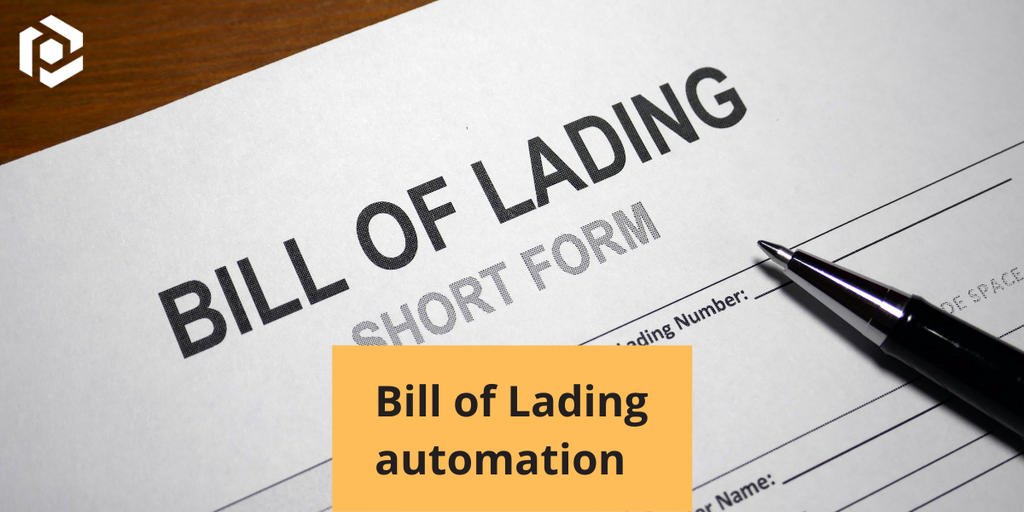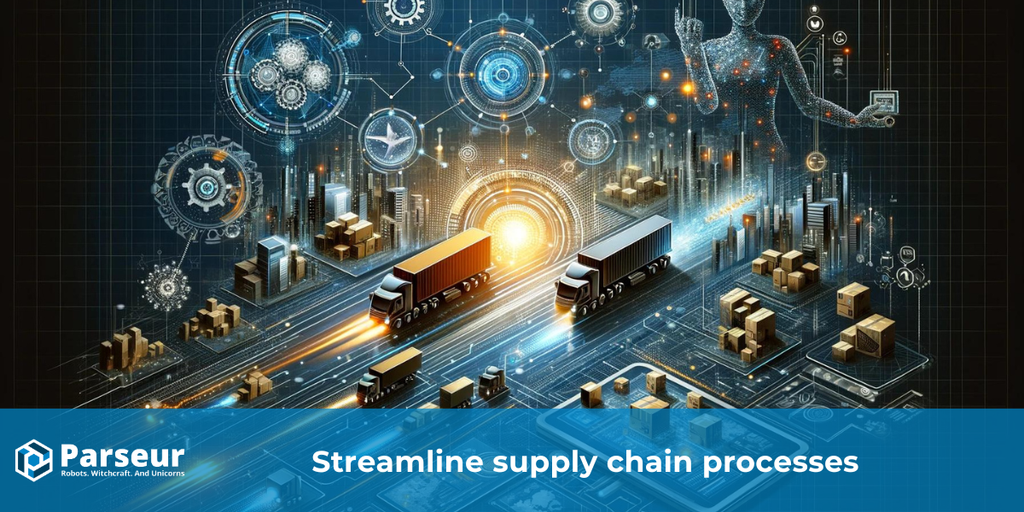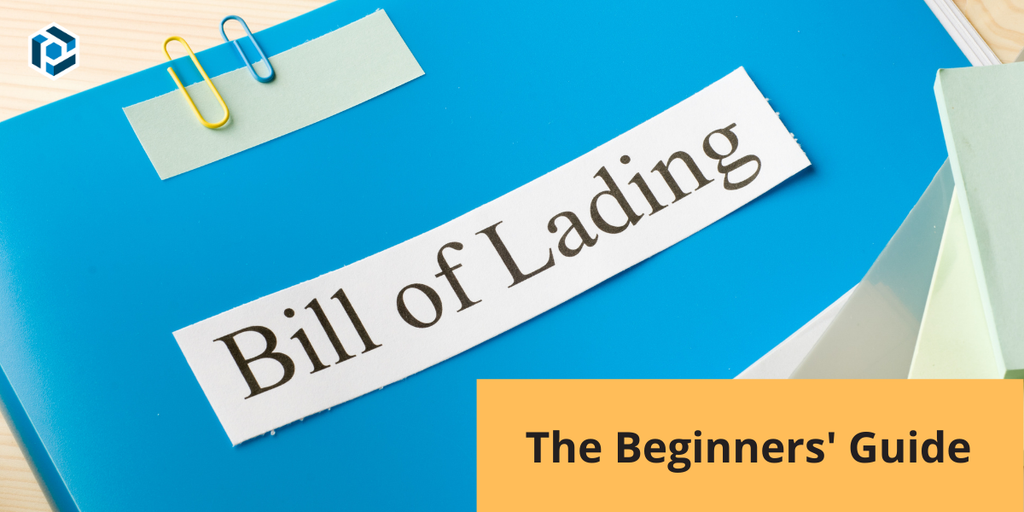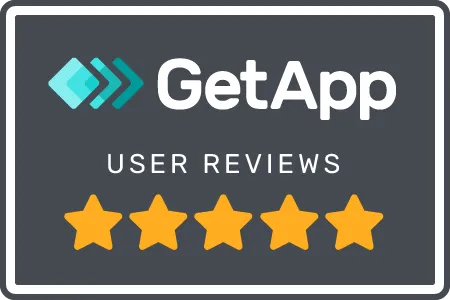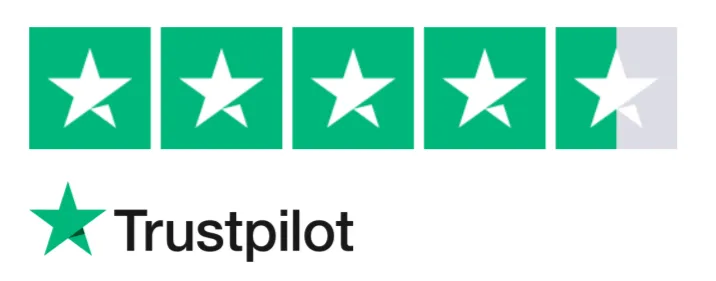What is BoL OCR?
Bill of Lading OCR (Optical Character Recognition) technology automates the extraction of information from Bill of Lading documents critical for shipping and logistics operations.
A bill of lading (also called original bill of lading, BoL, B/L or OB/L) is a legal document that specifies the type, quantity, and destination of goods being shipped.
By leveraging BoL OCR, you can automatically send the content of any bill of lading to your customs declaration workflow, shipment tracking system or your customer notification platform. Simplify your supply chain management to improve accuracy, reduce manual input, and enhance efficiency.
How does bill of lading OCR API work?
Set up your BoL parser within minutes in 3 simple steps.
-
1. Upload your bill of lading
Send your BoLs to Parseur via email or directly upload them.
-
2. AI data processing
Shipping data is instantly extracted with our AI tool.
-
3. Automated export
Extracted data is then seamlessly integrated into your logistics management system.
Trusted by thousands of happy businesses
What fields can Parseur extract from BoL documents?
Below is a list of the most commonly extracted fields from bills of lading. With Parseur, you have the flexibility to customize this list by adding, renaming, or removing fields as needed.
Parseur is designed to support data extraction from shipping documents in any language and format.
-
Sample value
-
Text (multi-lines)
BoLNumber
The unique identifier for the bill of lading.
DAXC23456789
-
Date
ShipmentDate
The date the order was shipped.
2024-01-01
-
Person's name
ConsigneeName
The name of the consignee.
Cardpocket Co Ltd
-
Address
ConsigneeAddress
The address of the consignee.
123 Main Street, Anytown, USA
-
Person's name
ShipperName
The name of the shipper.
ACME Inc.
-
Address
ShipperAddress
The address of the supplier or vendor.
456 1st Street, Newtown, USA
-
Table (list of items)
Items
The list of goods ordered.
order number pkgs quantity Weight 12345 5 20 100 kg 12778 5 777 16250 kg -
Text (multi-lines)
CommodityDescription
The description of the good.
Cardbox boxes
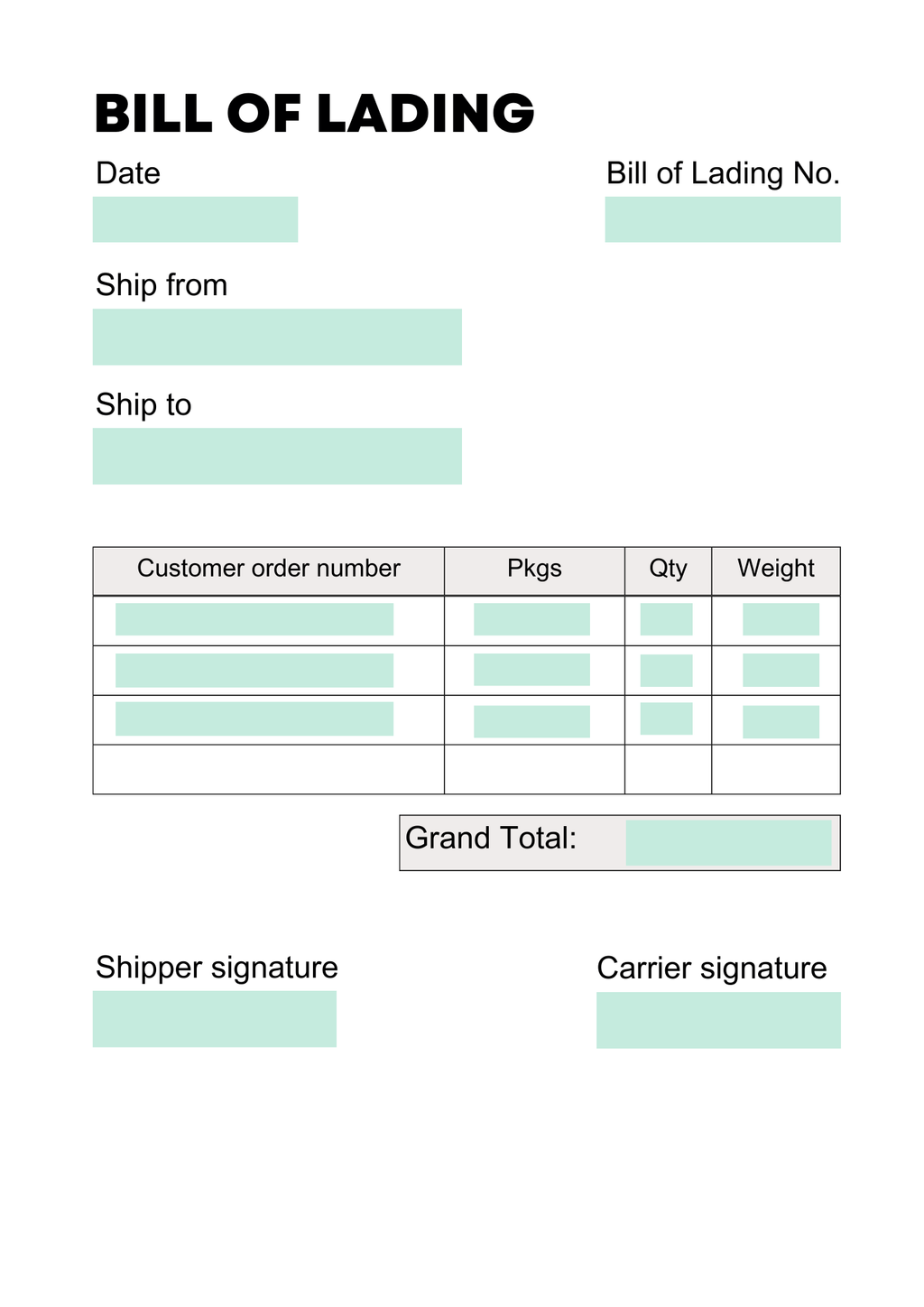
Why choose Parseur for bill of lading automation?
Parseur sets your B/L workflows on autopilot, allowing you to focus on your core business.
-
Reduced Processing Time
Slash the hours your team spends on invoice processing, allowing them to engage in more strategic tasks.
-
Increased Accuracy
Minimize errors with our state-of-the-art AI-powered OCR technology, designed for high accuracy.
-
Cost Savings
Lower operational costs through automation of manual data entry tasks and reduce the need for additional staffing, even during peak periods.
-
Enhanced Data Security
Trust Parseur to protect your sensitive information with robust data security measures.
ROI is worth it based on the amount of time I've saved so far and my ROI would have been even better had I just found it sooner.
FAQ about BoL OCR
All your questions about our bill of lading OCR model.
-
Parseur has native integrations with Zapier and Make that enable you to export data to any tools such as Monday.com or ShipStation.
-
No coding skills are required to use Parseur. Our AI and visual editor allows you to create custom templates and parsers with ease.
-
Our OCR engine was extensively trained to recognize text in more than 60 languages, including English, Spanish, French, German, Dutch, Russian, Japanese, Korean, Chinese, Hebrew, Arabic, Hindi, and more. Furthermore, it has experimental support for another 160+ languages.
-
Absolutely! Besides Bills of Lading, Parseur is capable of handling Air Waybills, Cargo Manifests, Ocean bill of lading, and Order bill of lading.
-
Security is our top priority. Parseur uses advanced encryption standards to protect your data. We adhere to strict data privacy regulations and implement best practices to ensure your financial information is secure and confidential.
-
Definitely! Parseur can process thousands of bill of lading data within minutes.
-
You can review our pricing plans here.
Related use cases and blog articles
40,000+ businesses can't be wrong
Thousands of companies from all around the world already trust Parseur with their data extraction processes. Join them today!

